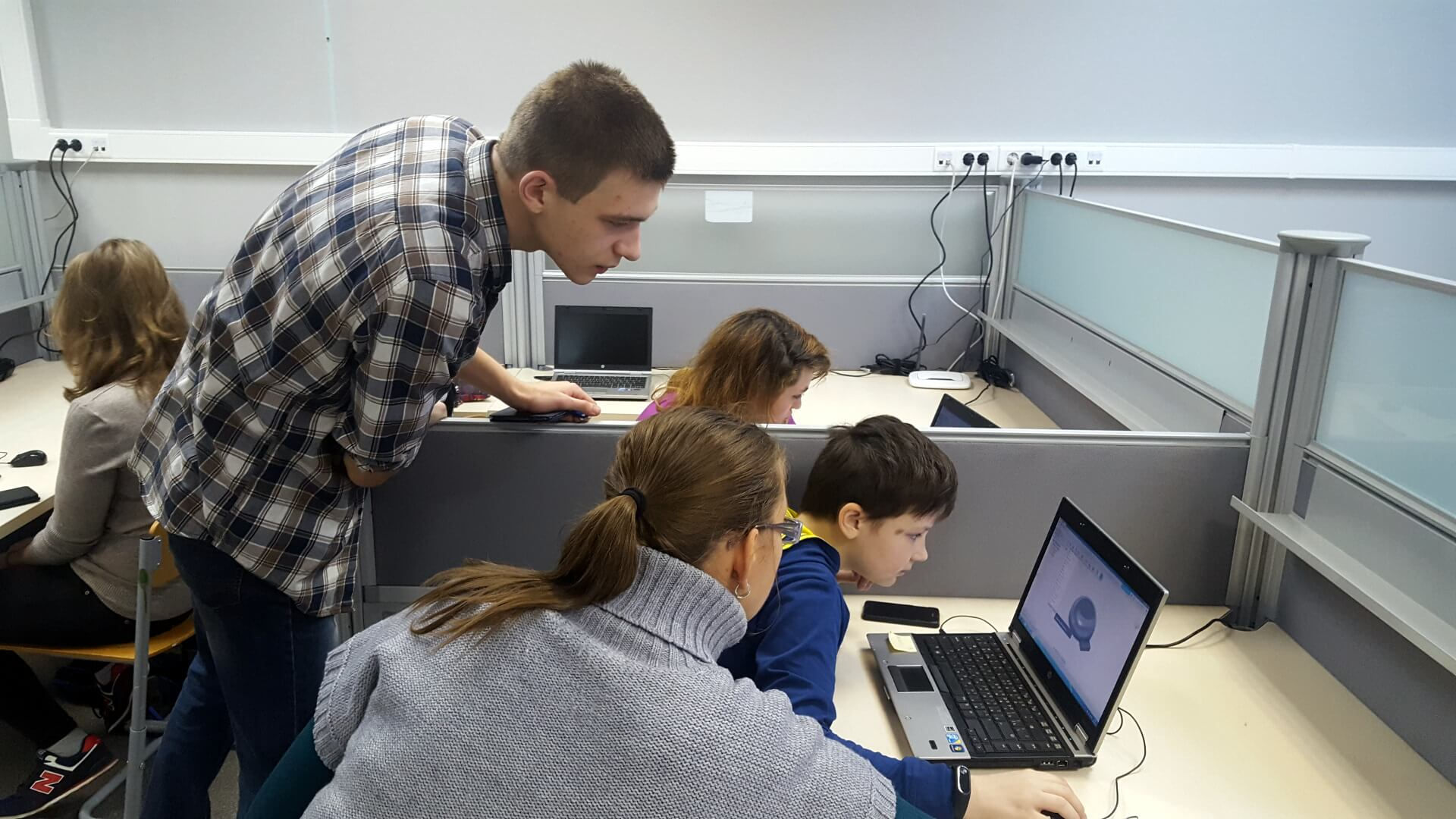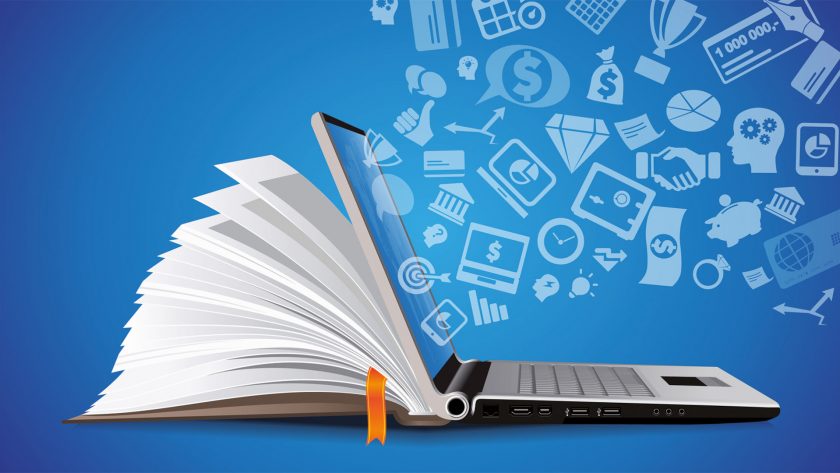Information technology is applied in various spheres of activity. In recent years, modernization of education, aimed at integration into the world information and education space, has been active in all countries. The organization of the learning is a process in which modern technical capabilities must be sharply related to each other. To this end, information technologies are being introduced into education. They bring about a qualitative change in the methods and forms of education and make methods more user-friendly and accessible.
Modern information technology in education
Information technologies help us to cope with the challenges of:
- creating a single information space;
- orientation towards personal and professional development;
- creation and use of educational information resources;
- formation of students’ cognitive activity;
- individualization of the educational process.
Information technology in modern education is an ideal tool in the process of developing textbooks, organizing teaching and monitoring pupils’ knowledge. For this, a computer with the necessary software and other telecommunication means are the best options.

Types of information technologies in education
Several approaches to classifying information technology in education exist. One is based on what type of information is being processed. It can be text, data, graphics, or real-world objects.
Information technologies for learning include several types, each of which depends on the mode of transfer of knowledge. This can be an interactive lesson, the use of an electronic resource, or direct communication between a student and a teacher. Information technology is an important element in distance learning too. This method does not require students and teachers to be physically present in any place. Local or network information technologies can be used in distance learning.
The use of information technology in education enables people to learn more easily and it also helps them to improve their cognitive activities. Information technology is what helps us at different stages of a classroom. They are the tools that the teacher himself creates.
Information technologies contribute to changing the model of the whole educational process. They allow us to move from reproductive learning to creative learning. The information and education environment has four important principles:
- complexity;
- integration;
- adaptability;
- distribution.
The variability in the use of these tools is very large in education. Modernization of all the main and current components of the education system is an important process, too. System integration of technologies is a necessary step in the process of informatization. Creating and improving a piece of unified information and education space is the most advanced goal that people can achieve when using modern information technologies.




